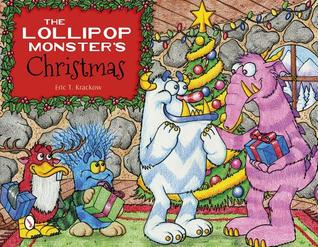Source: Public Library
Paperback, 192 pgs
On Amazon and on Kobo
Relish: My Life in the Kitchen by Lucy Knisley is a journey in olfactory memory and the memories generated by tastes. Memory is tricky, but recalling even our oldest memories can be difficult without a trigger, and many of those triggers are often related to food. Whether its a first experience with food, a food we associated with a specific relative or friend, or just food that we loved, our taste, sight, and olfactory senses can bring those memories flooding back with just a hint of smell or taste, even color. Knisley says in the opening pages, “Sometimes it’s frustrating, this selective memory. I can remember exactly the look and taste of a precious honey stick, balanced between my berry-stained fingers, but my times tables are long gone, forgotten, in favor of better, tastier memories.”
What’s fresh about this book is that it includes recipes along with the memories and some of them should be just as delicious as the author remembers if prepared using her precise instructions, which do include the use of patience! In graphic novel style, the images are fun and the memories are dispersed in a way that makes reading a memoir about food even more fun. It even seems as though it is geared in a way that will entice younger readers to get interested in food and cooking.
Knisley not only explores the creativity of cooking, but also its precise science and measurement, which leads to the perfect recipe. For an example, you’ll have to check out her memories of baking, particularly chocolate chip cookies and how she still strives and falls short of making the perfect cookie. Her mother maintains a cool head with her baking, while Knisley bakes through emotion. It’s an interesting contrast and demonstrates not only the power of baking as a way to soothe emotions, but also as a way to connect with family. Relish: My Life in the Kitchen by Lucy Knisley is colorful and flavorful all at once — a travelogue of food memories — that readers will not soon forget. And as the author would say, “Devour it with relish.”

Lucy currently resides in New York City where she makes comics. She likes books, sewing, bicycles, food you can eat with a spoon, manatees, nice pens, costumes, baking and Oscar Wilde. She occasionally has been known to wear amazing hats.
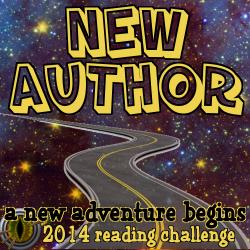




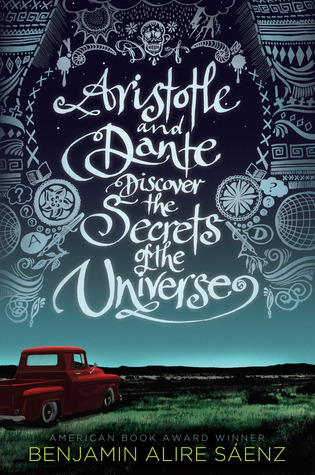

 About the Author:
About the Author:
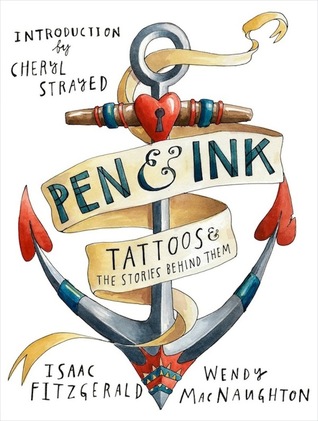

 About the Author:
About the Author: About the Author:
About the Author:
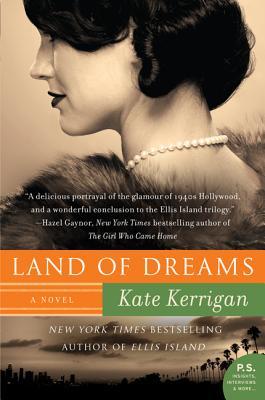
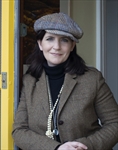 About the Author:
About the Author: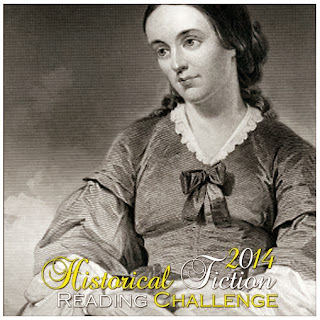


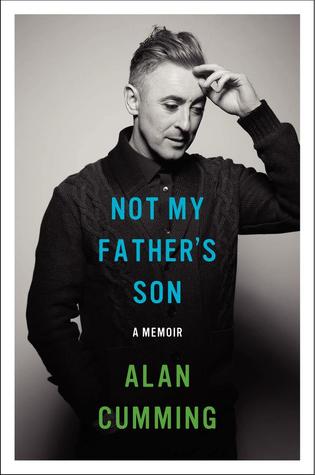
 About the Author:
About the Author:
